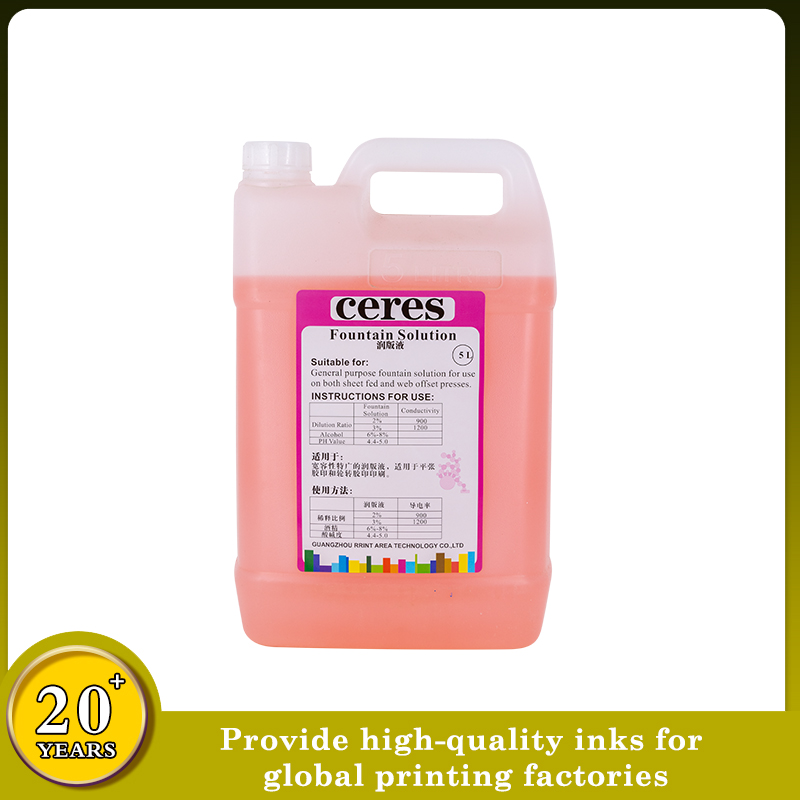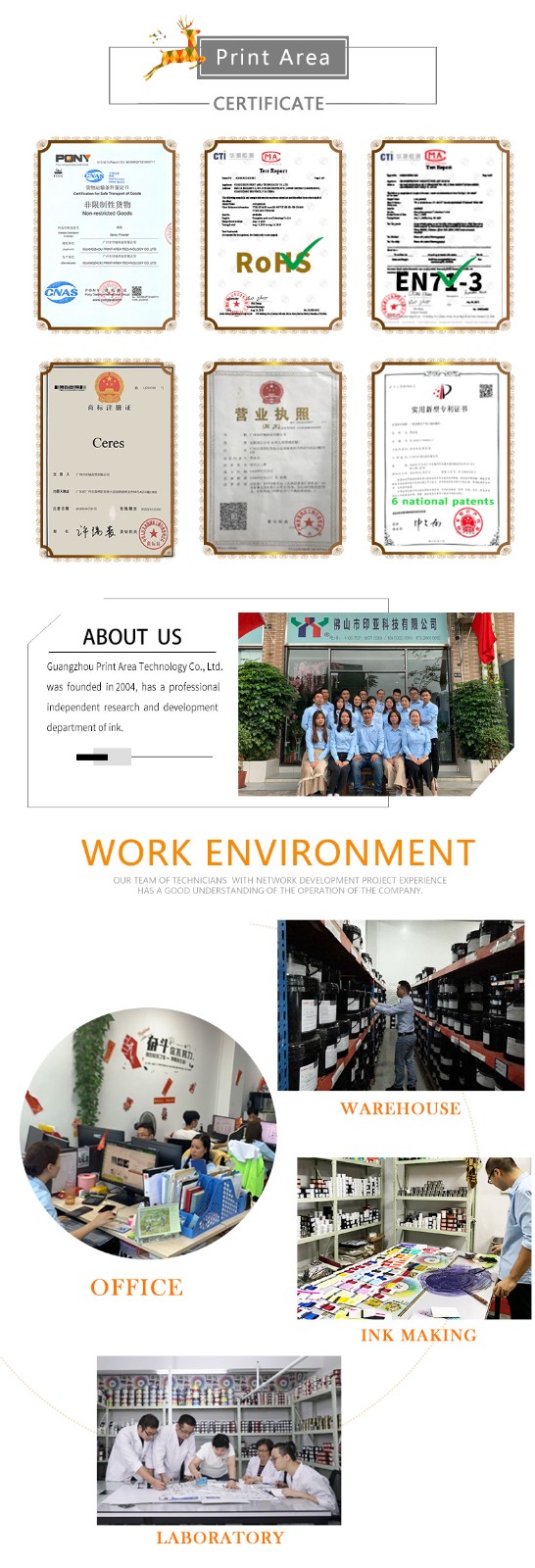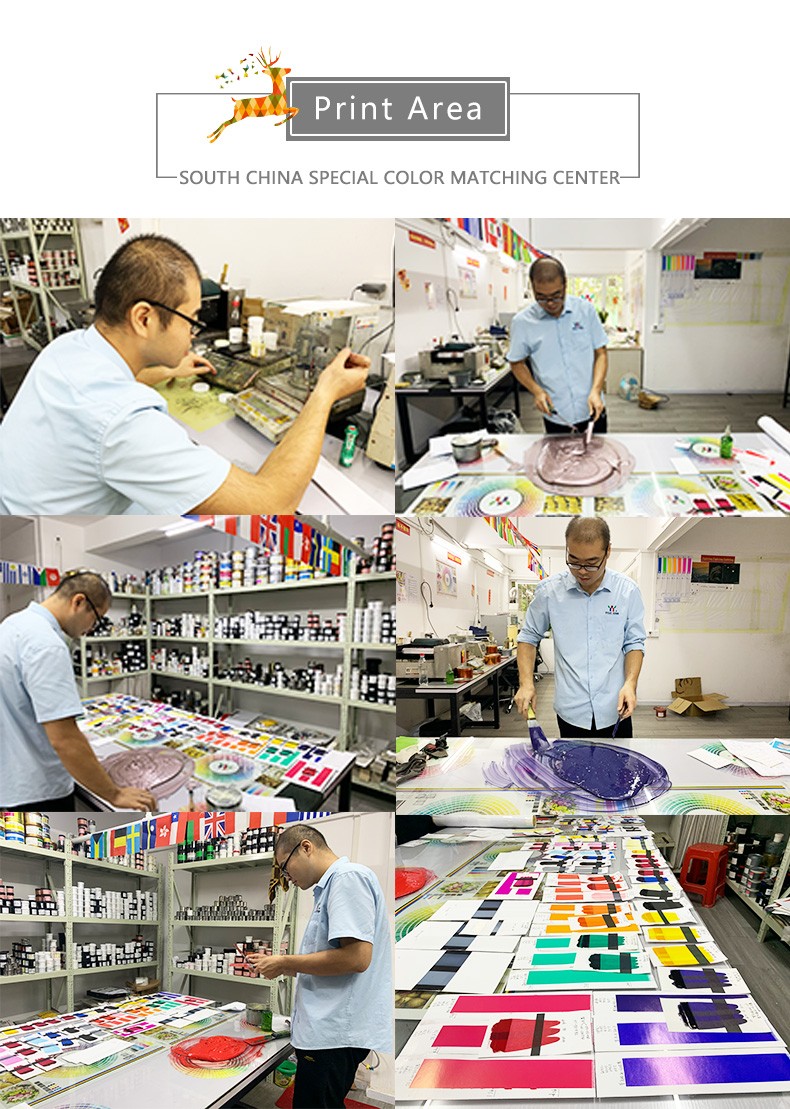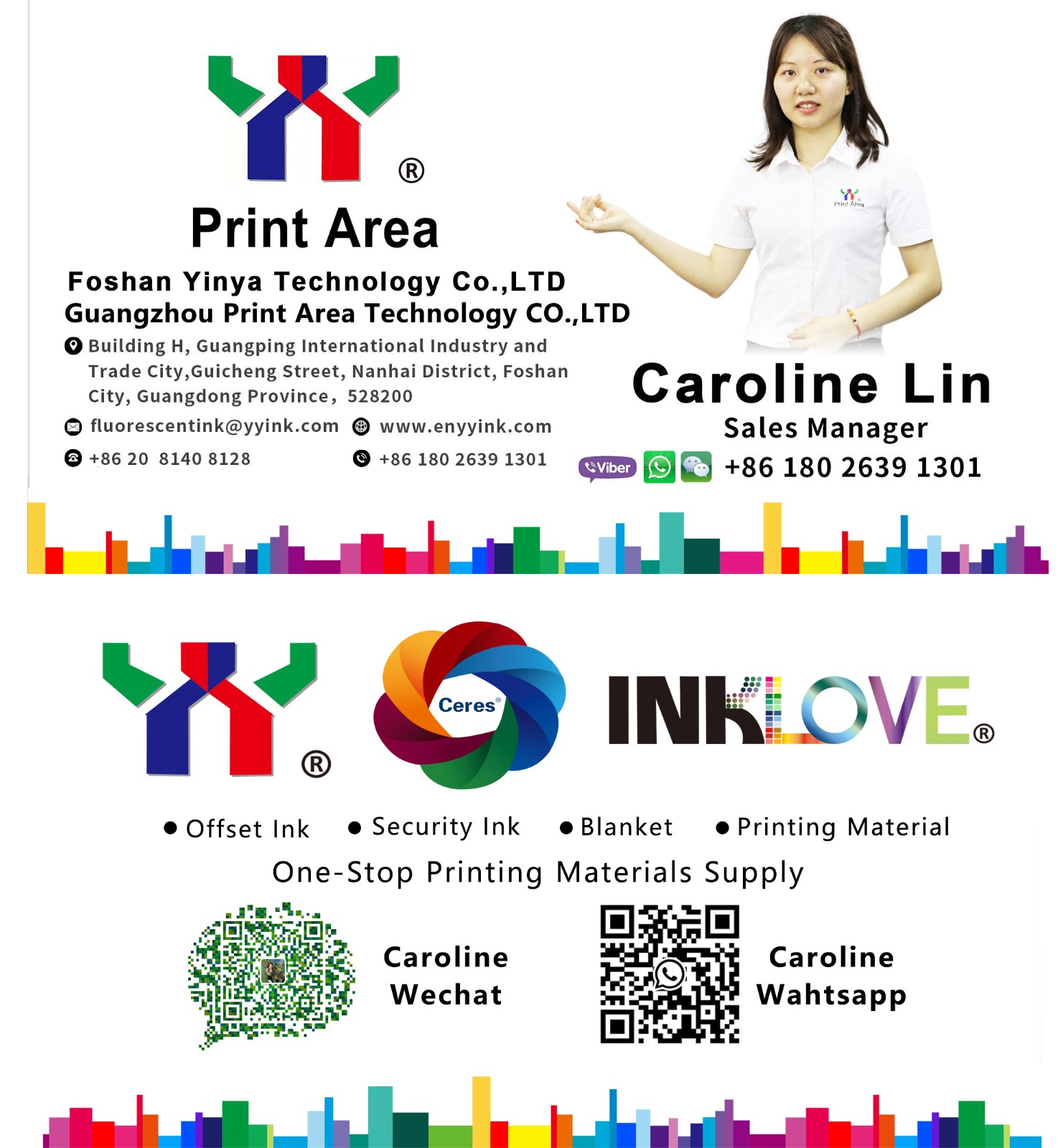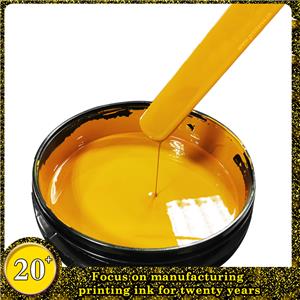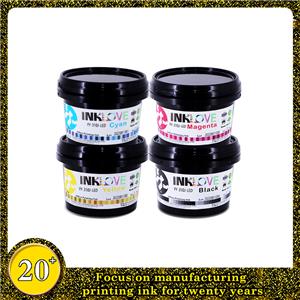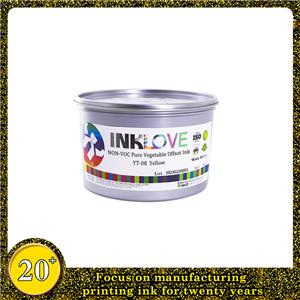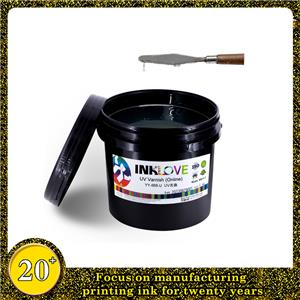The Important Role of Fountain Solution in The Printing Process
What is the role of fountain solution in printing?
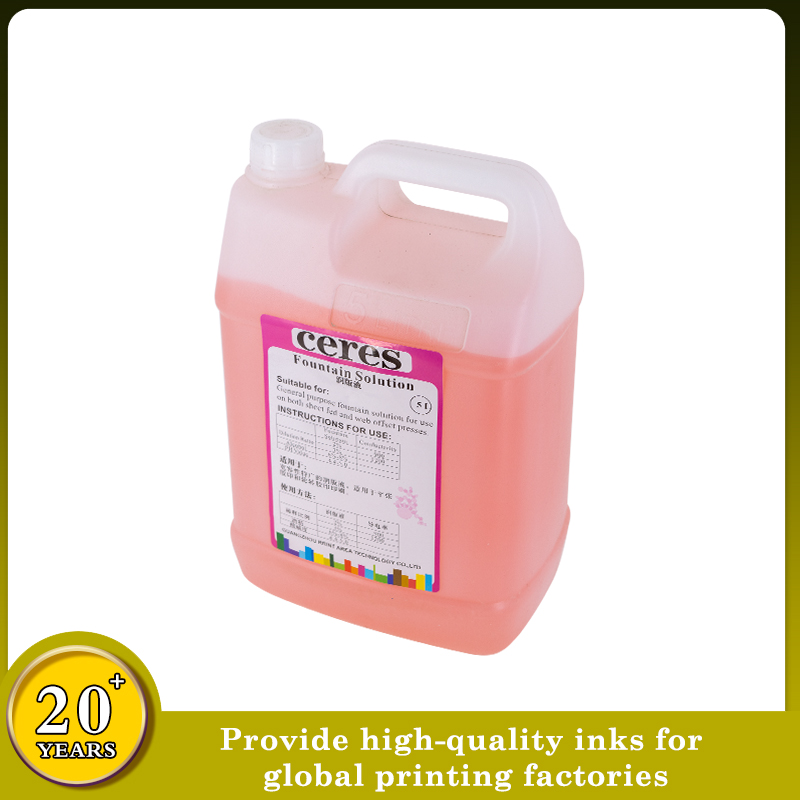
(1) Emulsify water and ink properly. Due to excessive emulsification, the color paste in the ink will be diluted, and the "water window" phenomenon will appear in the printed product;
(2) Protect the PS plate. Since the diameters of the printing plate cylinder and the rubber cylinder are sometimes not exactly equal, and their running linear speeds are also different during printing, the phenomenon of "dry grinding" appears on the "tangent point" of the cylinder. At this time, the fountain solution acts as a lubricant to reduce the friction between the two;
(3) Protect the blanket. The friction between any objects will generate heat. Since the PS plate is made of aluminum and has a large thermal conductivity, the heat has little effect on it, while the blanket is the opposite. At this time, the function of the fountain solution is to reduce heat and protect the blanket;
(4) Make the non-graphic part of the printing plate not to be inked. Offset printing is printed according to the principle of oil and water repelling each other. After the PS plate is exposed and developed, ink can be attached to its surface sensing part (ie, the graphic part), and the phenomenon of "dirty" will appear at this time.
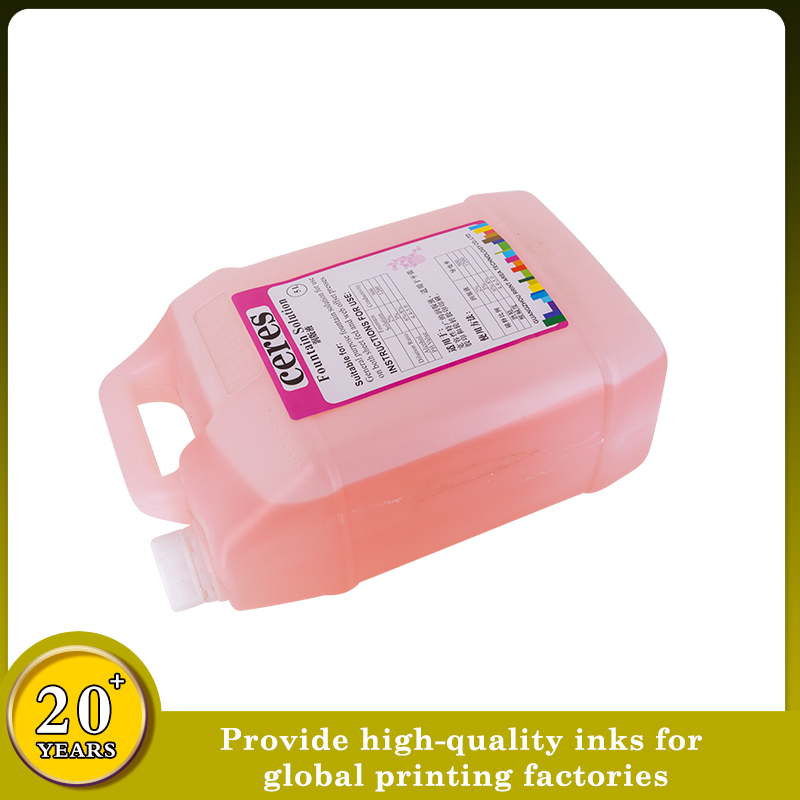
So what exactly does the fountain solution consist of? Take the British Harmon fountain solution as an agent of our company as an example, there are roughly 4 ingredients:
1. acid. It is mainly to make the fountain solution completely cover the entire PS layout to form a water film. But in fact, it is only a weak acid, because too much acidity will decompose the calcium ions in the paper, and long-term use will cause a layer of white calcium crystals to adsorb on the surface of the rubber roller, causing ink transfer problems;
2. buffer. The buffering agent is mainly used to control the pH value within a certain range (usually the pH value is about 5.0). With the increase of the plate solution, the pH value increases linearly;
3. Gum Arabic. PS plate can be protected. When the downtime is too long, it will not cause any "gray bottom" phenomenon on the layout;
4. Surfactant. Its function is to break the tension of the water. Promote the smallest amount of water to cover the PS plate thinly and evenly. Therefore, many printing experts believe that if you want to print good products, you must control the "three small":
a. Ink supply should be small. Using YT-09 high color density ink, the extremely thin ink layer can obtain the perfect performance of solid and dot at the same time;
b. The water supply of the upper version is smaller. The normal printing plate should not see traces of water (side view of the plate);
c. There should be less pressure between the rollers. Usually we adjust the printing pressure value at around 10C. The thickness of the blanket is reduced during use, and the thickness of the paper often changes, so too much pressure will inevitably increase the dot gain rate and the printing layer will be unclear.
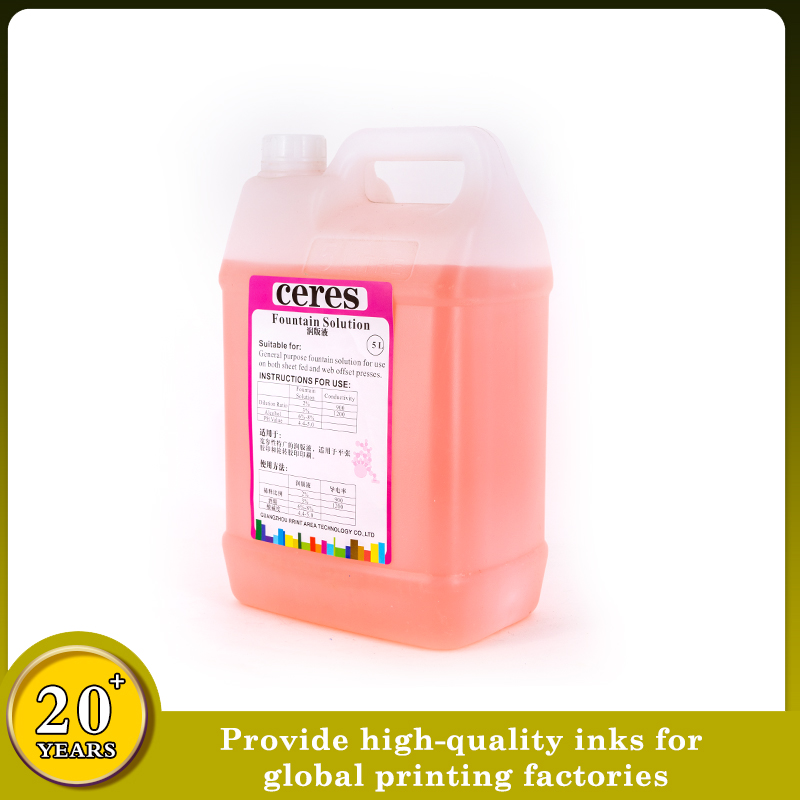
When the fountain solution is diluted, we must control three indicators:
1. pH : The pH value required for optimal printing should be 4.5~5.5. Too high acidity will decompose calcium ions in the paper, causing the rubber roller to absorb a layer of calcium crystals, causing poor ink transfer; too alkaline will make the ink dry slowly;
2. Conductivity: reflects the free activity of ions. The conductivity value standard required for printing is 1000~1300 (the conductivity value standard for alcohol dampening equipment is 800~1000). If the conductivity value is too small, it is easy to appear "dirty" on the layout; if it is too large, there will be partial ink failure. And when we clean the rubber roller with car wash water, it is precisely to clean these stubborn heavy metal impurities such as magnesium ions and sodium ions (which cannot be cleaned with gasoline);
3. Alcohol concentration: Adding alcohol to the fountain solution can also destroy the tension of the water, and the volatile
At the same time, it will take away moisture and promote dryness. Usually the alcohol content is 8~12%, too little will cause foaming
Sound dampening effect; too high will make the ink matte, and harmful to the health of employees.
Note: Wine used in printing
The alcohol is neither methanol nor ethanol, but isopropanol. Methanol and ethanol can increase the ink tree
Fat dissolving ability, make the ink excessively emulsified.
